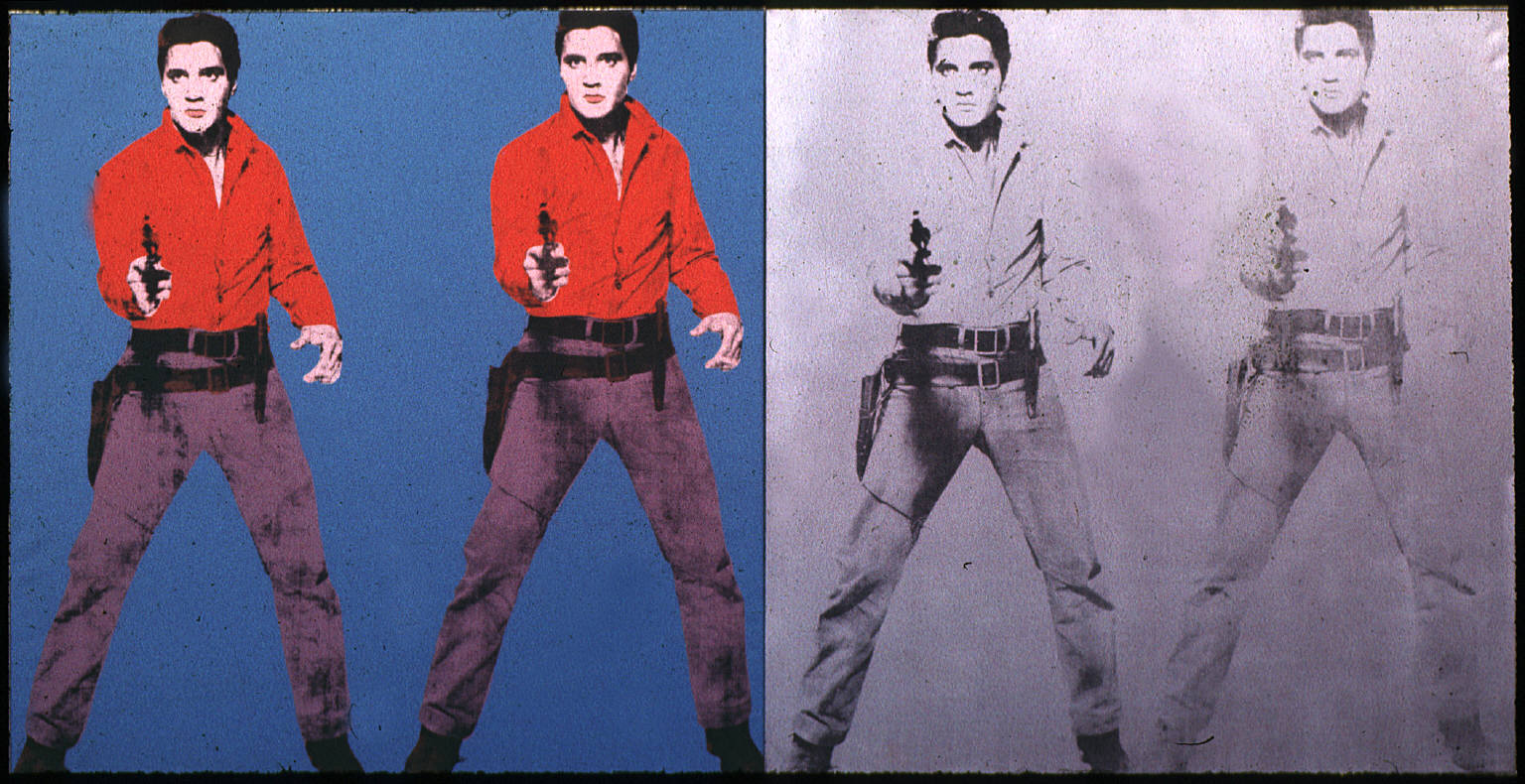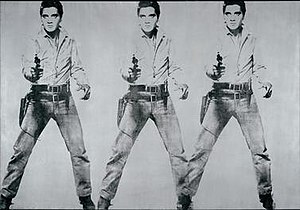Don’t Copy Or,
Have I Said This One Before?
Have I Said This One Before?
When I write I try to not write what I’ve writ
The month before, knowing that
Each three clichés,
Each thrice said phrase
Is hinder to synapses.
Used words five times five hundred,
Never wondering why I’ve done it.
I don’t want to copy - least of all myself.
A cautionary tale – falling for the trick
That quickens death of brain;
Quirks and quips and bits of what
You’re sure has happened,
Quoted over, over.
The month before, knowing that
Each three clichés,
Each thrice said phrase
Is hinder to synapses.
Used words five times five hundred,
Never wondering why I’ve done it.
I don’t want to copy - least of all myself.
A cautionary tale – falling for the trick
That quickens death of brain;
Quirks and quips and bits of what
You’re sure has happened,
Quoted over, over.
I have friends who still say “weird”
To amplify each seventh word;
“Weird” since nineteen eighty-four.
What it means I’ve no idea
And what is that word ‘weird’ good for?
To amplify each seventh word;
“Weird” since nineteen eighty-four.
What it means I’ve no idea
And what is that word ‘weird’ good for?
Change the words.
Copying yourself is worst.
Am I copying my back life story?
Parroting, regurgitating clichés,
Making up my history?
Faking mystery to make myself exciting?
Copying yourself is worst.
Am I copying my back life story?
Parroting, regurgitating clichés,
Making up my history?
Faking mystery to make myself exciting?
Copying is weakening
For you, for me, for memory.
Variety’s the key.
You do not need to copy.
For you, for me, for memory.
Variety’s the key.
You do not need to copy.
Afterthought
There’s a red line running through our lives: character,
aptitudes, permanent throughout. Bones grow up, grow old and
change. Penmanship changes. Underneath there’s always a you you
recognize. Keep it in the frontal lobe. It’s there.

Elvis I & II -- Andy Warhol

Double Elvis (Ferus Type) -- Andy Warhol
Double Elvis (Ferus Type) -- Andy Warhol

Double Elvis -- Andy Warhol

Double Elvis -- Andy Warhol

Double Elvis -- Andy Warhol

Triple Elvis -- Andy Warhol

Eight Elvises -- Andy Warhol

Elvis (Eleven Times) -- Andy Warhol
Elvis (Eleven Times) -- Andy Warhol
In the early 1960s, Andy Warhol began using celebrities like Marilyn Monroe, Jacqueline Kennedy, and Elizabeth Taylor as artistic subject matter, and in August 1962 he began to produce paintings using the screenprinting process: "The rubber-stamp method I'd been using to repeat images suddenly seemed too homemade; I wanted something stronger that gave more of an assembly-line effect. With silkscreening you pick a photograph, blow it up, transfer it in glue onto silk, and then roll ink across it so the ink goes through the silk but not through the glue. That way you get the same image, slightly different each time. It all sounds so simple -- quick and chancy. I was thrilled with it. My first experiments with screens were heads of Troy Donahue and Warren Beatty and then when Marilyn Monroe happened to die that month (August 1962), I got the idea to make screens of her beautiful face." In 1963 he established a studio in an abandoned fire station on East 87th St. in New York and made a series of full-length portraits of Elvis Presley soured from a publicity still for the 1960 movie "Flaming Star" (he had already produced a number of works repeating copies of Presley's head). "You literally had to hopscotch over holes in the floor. And the roof leaked.... One night that summer there was a terrible thunderstorm and when I came in the next morning, the Elvises were sopping wet -- I had to do them all over again." The image was screenprinted 28 times in black paint onto a continuous 37-ft (11 m) roll of silver-painted canvas in various combinations. The opacity of the spray paint on the silver background let Warhol easily mask and silkscreen multiple images on top of each other. The whole roll of printed canvas was sent off to the Ferus Gallery in Los Angeles. The canvas came with a set of stretchers, all of the same height but of three different widths. When the gallery's director, Irving Blum, asked what he should do with the roll, Warhol told him "Cut them any way.... The only thing I really want is that they should be hung edge to edge, densely -- around the gallery." So Blum matched the stretchers to the images, producing five single images, six superimposed images, and two diptychs of paired images (one panel of each in color), and after the gallery was filled he sent the remaining part back to Warhol. Neither Presley nor Taylor visited the exhibition, and critical reception was negative; Henry Seldis dismissed the works as an example of "Pop Art banality," though he complimented Warhol for providing enough quantity to compensate for the lack of quality. The leftover section with 8 images became a distinct piece, measuring 6 1⁄2 by 12 ft (200 by 370 cm). In 2008 "Eight Elvises" was sold by Annibale Berlingieri, who had owned it for 40 years, in a private sale for $100 million to an unidentified collector, making Warhol only the 5th artist (behind Pablo Picasso, Gustav Klimt, Jackson Pollock, and Willem de Kooning) to have a painting sold for at least that much money [though another of his 1963 painting, Silver Car Crash (Double Disaster), sold for $105 million at auction in 2013].
ReplyDeleteIn 1965 Warhol made a 15-minute black-and-white a “screen test” of Bob Dylan, a study in stillness, silence, and emptiness. One of the "Double Elvis" pictures was still housed in The Factory, and Dylan demanded it as his payment, strapped it to the roof of a staton wagon, and drove off. Dylan later traded it to his manager Albert Grossman for a couch; Grossman’s widow later sold it for $750,000. A forlorn Dylan regretted the trade, saying, "I always wanted to tell Andy what a stupid thing I done, and if he had another painting he would give me, I’d never do it again." But Warhol had long since soured on the star, satirizing him in films like “More Milk Yvette” (which included a harmonica-playing Dylan lookalike), a spoof called the “Bob Dylan Story,” and the repeated playing of a Dylan song at the wrong speed in the 8-hour “Imitation of Christ.”